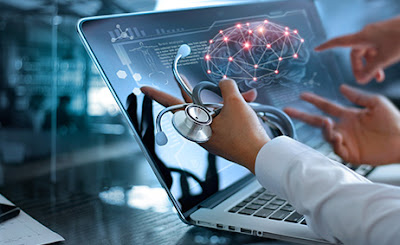Features of Telemedicine Application
Telemedicine apps are becoming more and more popular in the healthcare industry. They are used for many purposes, one of them is to provide remote healthcare services to people who need them.
The features of telemedicine apps depend on the type of app that is being developed. For example, if an app is designed for remote patient monitoring, then it will have features like video streaming and data transfer. If it's for remote diagnosis, then there will be features like chat application and voice call.
A telemedicine application is a mobile application that is used to provide medical care remotely. This type of app can be used by doctors and patients alike.
Some of the features include:
- A messaging system for the patient and doctor to communicate with each other
- A virtual consultation room where the doctor can talk to the patient, examine them, diagnose them, and prescribe treatment
- A medication management system where the doctor can prescribe medications for their patients
Telemedicine applications are mobile applications that enable medical consultations and healthcare services to be delivered remotely.
The features of telemedicine application development include:
The use of video conferencing, live streaming, and other communication methods to provide a safe and secure environment for the patient.
Creating a system that is easy to use by both the patient and the doctor.
Ensuring that all data is secure and private.
Telemedicine applications are now being developed for many different purposes, including providing medical care for patients in remote locations.
The telemedicine application development process includes the following steps:
1. Identifying the need or opportunity for a telemedicine application
2. Conducting an analysis of the current state of affairs, identifying potential users and beneficiaries
3. Developing a business case to show how the benefits outweigh the costs
4. Developing a prototype, which can be tested with users and stakeholders to identify any gaps in the design or functionality
5. Developing specifications (i.e., requirements) for an application, including hardware and software requirements
6. Developing a detailed plan for developing and testing the application.
and visit

Comments